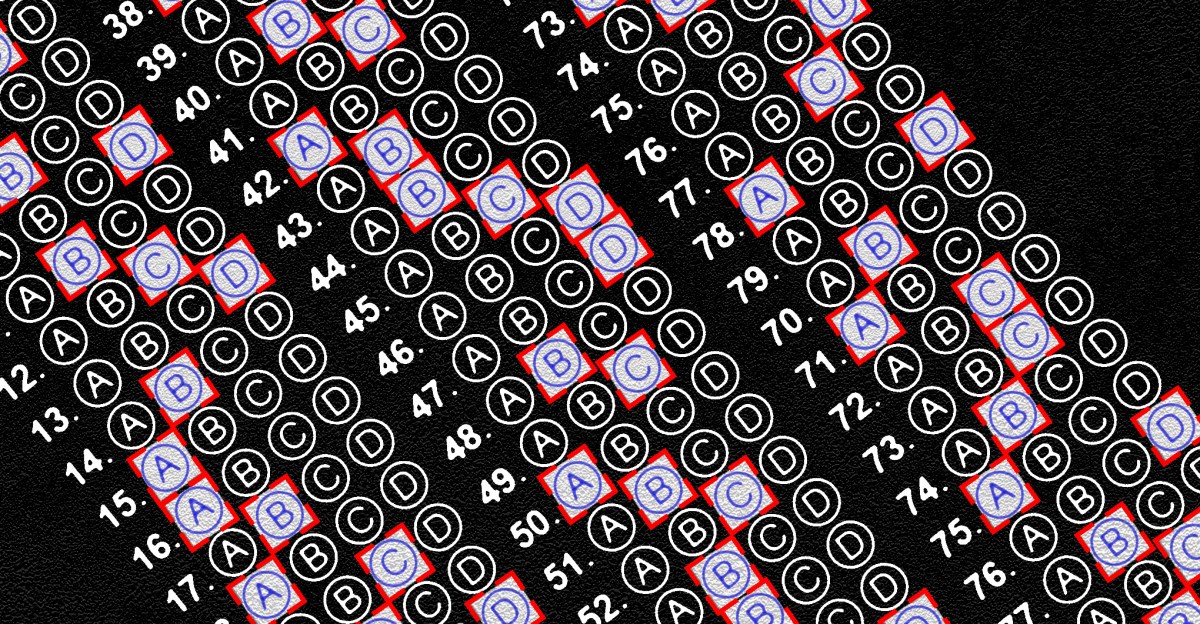AI Tools Fuel Student Cheating, Prompting Calls for Corporate Accountability

Key Points
- AI agents from OpenAI, Perception, Google, and Instructure can complete quizzes, essays, and assignments for students.
- Educators report that these tools submit work quickly and evade traditional detection methods.
- OpenAI offers a study mode and stresses AI as a learning aid rather than an answer machine.
- Perception acknowledges that learning tools have historically been repurposed for cheating.
- Google defends its Chrome Lens shortcut as a visual‑search test, not a cheating feature.
- Instructure admits it cannot fully block locally‑run AI agents and cites both technical and philosophical challenges.
- The platforms serve tens of millions of users, including Ivy League schools and a large portion of U.S. K–12 districts.
- Educators and academic groups are calling for collaborative guidelines to ensure responsible AI use in classrooms.
Educators are warning that AI agents from companies such as OpenAI, Perplexity, Google, and Instructure are being used to complete assignments, quizzes, and essays for students. While firms point to the educational potential of their products, they also acknowledge the difficulty of blocking locally‑run tools. Schools report that AI agents can submit work quickly and evade detection, leading to concerns over academic integrity. Stakeholders are urging a collaborative approach to define responsible AI use in classrooms, but practical solutions remain limited.
AI Agents Enter the Classroom
AI‑driven agents from several tech firms are increasingly capable of performing academic tasks on behalf of students. Demonstrations show OpenAI’s ChatGPT agent generating and submitting essays on learning platforms such as Canvas, while Perception’s AI assistant has completed quizzes and produced short essays. Educators describe these tools as “extremely elusive to identify” because they can alter their behavior patterns, making it hard for institutions to detect cheating.
Company Perspectives
OpenAI has introduced a “study mode” that withholds direct answers, and its vice president of education stresses that AI should enhance learning rather than serve as an “answer machine.” Perception’s leadership acknowledges that learning tools have historically been repurposed for cheating, noting that “cheaters in school ultimately only cheat themselves.” Google defends its Chrome shortcut to Lens as a test of a visual‑search feature, stating that students value tools that help them learn visually. Instructure, the maker of Canvas, admits it cannot fully block external AI agents or tools running locally on a student’s device, describing the issue as partly technological and partly philosophical.
Institutional Challenges
Instructors have reported AI agents submitting assignments within seconds, a speed that traditional detection methods struggle to match. Efforts to block such behavior have been hampered by the agents’ ability to adapt. Instructure’s spokesperson explained that the company can’t “completely disallow AI agents” and that existing guardrails only verify certain third‑party access. The platform serves “tens of millions of users,” including “every Ivy League school” and “40% of U.S. K–12 districts,” amplifying the impact of any misuse.
Calls for Collaborative Solutions
Educators and policy groups are urging AI developers to take responsibility for how their tools are used in education. The Modern Language Association’s AI task force, which includes educators like Anna Mills, has called for mechanisms that give teachers control over AI agent usage in classrooms. Both OpenAI and Instructure have emphasized the need for a “collaborative effort” among AI firms, educational institutions, teachers, and students to define responsible AI use. However, concrete technical safeguards remain limited, leaving the burden of enforcement largely on teachers.